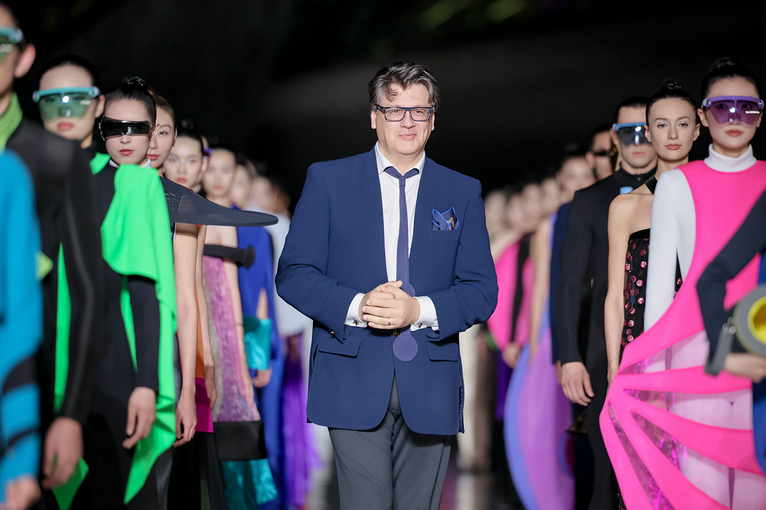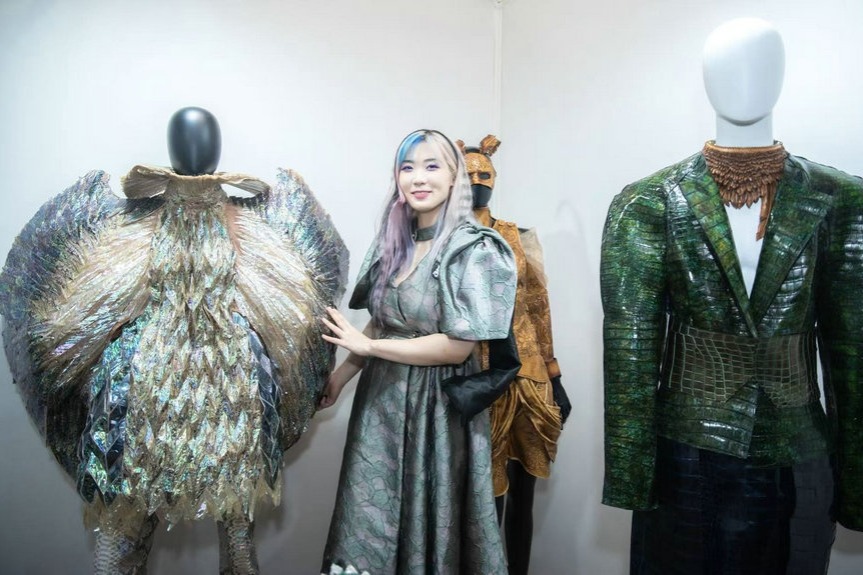Learning in different tongues


Visionary attempt
Speaking about what the school's activities have meant to her and family, she says: "Earlier, we used to pay little attention to rituals performed during traditional Chinese festivals.
"But, we've been influenced by the school and are now more willing to celebrate these holidays through the various related activities, which also enrich our family life."
Shi is also pleased with 3e's bilingual education model that requires children to spend half a day learning lessons in English and half a day in Chinese.
In a Chinese classroom, a portrait of Confucius is on the wall, with a work of calligraphy featuring five characters-ren, yi, li, zhi, xin, or benevolence, righteousness, courtesy, wisdom and trust-the five virtues in Confucianism.
Also, the textbooks, cards, posters, school timetables and other material are all in Chinese.
In the English classroom, everything is in English, and you can hardly find a single Chinese character.
Shi is a big supporter of this bilingual arrangement.
"It offers an environment in which the language used for instruction, study material and even the decorations exclusively refer to one language, which is better than mixing them in a single lesson," Shi says.
The school, founded in 2005, has its curricula mainly based on the research of experts from Michigan State University and Beijing Normal University, and it is said to be a pioneer in the bilingual immersion program when it comes to international schools in Beijing.
The attempt is a result of work by its founder Jonathan Choi Koonshum on how to blend the best of Chinese and Western preschool and elementary education systems.
"We decorate the classrooms separately according to Chinese and Western cultures to ensure that the students fully experience the cultural heritage behind the language while learning it.
"We hope our students become biliterate," Choi says.
Gary Bradshaw, the principal of the school, says at 3e, languages are taught through the medium of instruction, rather than as a subject itself.
Bradshaw says of the method: "Students need the language in order to access the materials of different subjects. And in accessing the materials, they are learning the language."
Bradshaw, who has spent 16 years in the international education system, says the interest in Chinese is seeing a great increase, and as a result, more international schools are starting to run such bilingual programs.
Currently, Beijing-based international schools, including Keystone Academy and the International School of Beijing run dual-language programs.




































